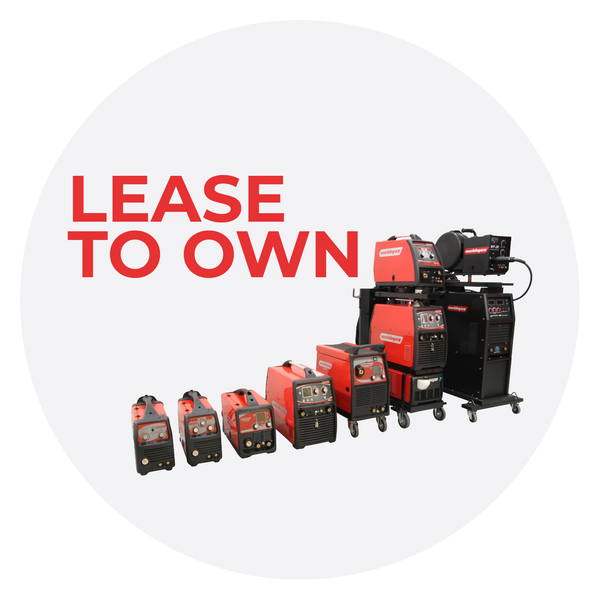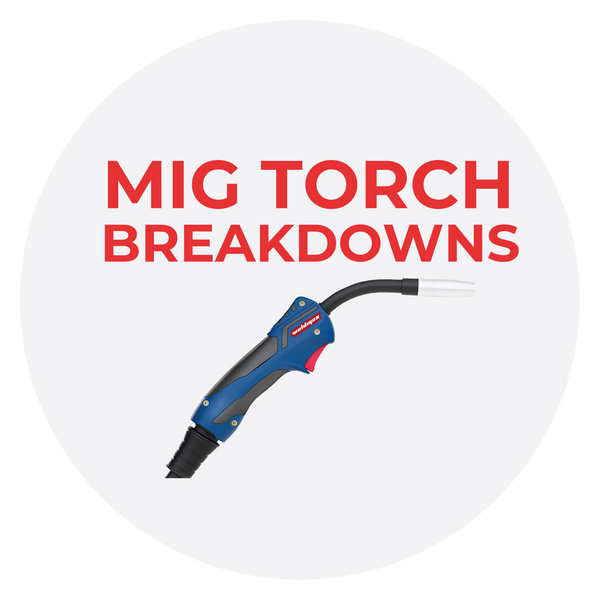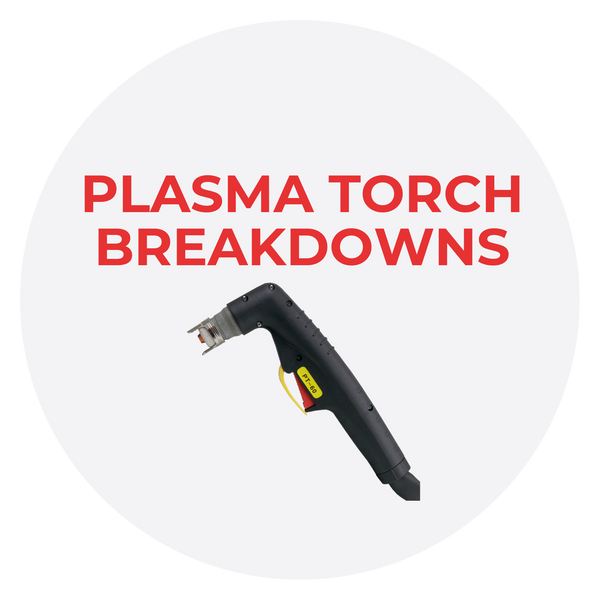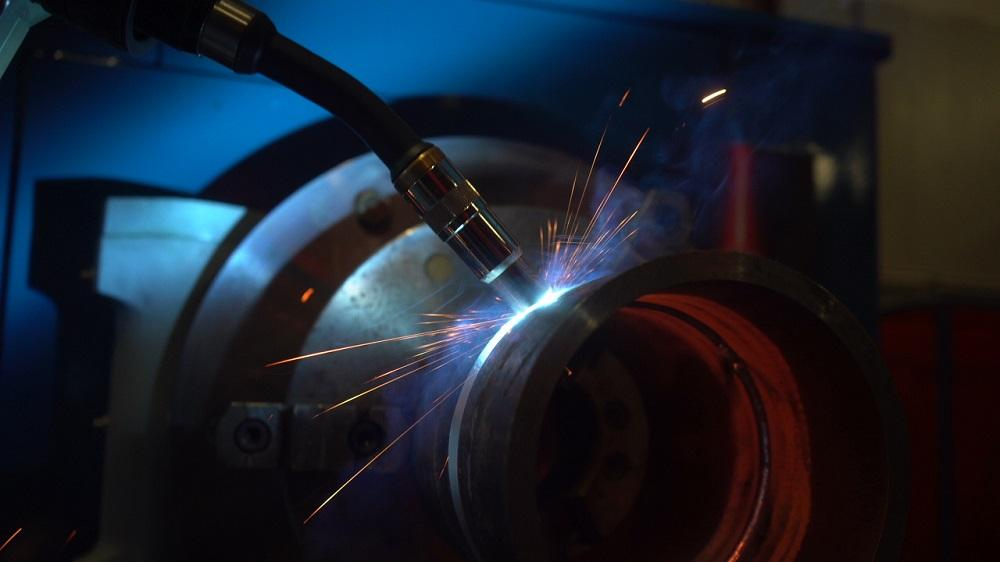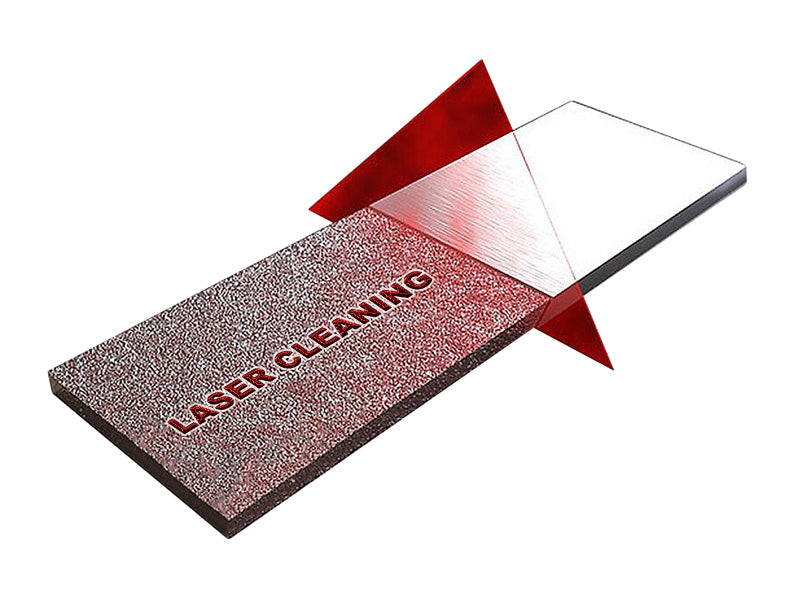Clearing the Air: Understanding Australia's New Welding Fumes Exposure Limit

The New Welding Fume Exposure Limit in Australia
Welding fumes are a serious occupational hazard that can cause respiratory and neurological damage. In response to this risk, the Australian government has implemented a new welding fume exposure limit to better protect workers. The new limit sets a maximum allowable concentration of welding fumes in the air that workers can be exposed to over an eight-hour period. This limit is based on the latest scientific research and is designed to reduce the risk of long-term health problems associated with welding fume exposure.
The Dangers of Welding Fume Exposure
Welding fumes contain a mixture of toxic metals and gases, including lead, cadmium, and carbon monoxide. When inhaled, these substances can cause serious health problems.
Long-term exposure to welding fumes can lead to respiratory problems such as bronchitis, pneumonia, and lung cancer. It can also cause neurological damage, including memory loss, tremors, and difficulty concentrating.
Melbourne tradie John Casey welds up to six hours a day, six days a week.
At times, the 29-year-old has noticed inhaling the dangerous fumes on the job, and at one point developed the lung illness pleurisy.
"The minute I inhaled that smoke that day it burned on the way down," Casey said.
"There's a lot of risks breathing in the fumes."
"It's definitely heavy on your breathing, it leaves you with shortness of breath,"
says Wes Hodgens, who has worked in welding for two decades.
"There's definitely a metallic flavour to it."

For some that exposure has devastating consequences.
People who work in welding have a 48 per cent higher risk of developing lung cancer, according to a 2022 study from the World Health Organisation and International Labour Organisation.
"Most people who weld are not going to get lung cancer, but there's no doubt that being exposed to welding fume increases the risk," said Professor Tim Driscoll, chair of Cancer Council Australia's Occupational and Environmental Cancer Committee.
Exposure to UV radiation during welding can also cause eye melanoma according to the Cancer Council.
"These are skilled workers, boiler makers and welders, who take pride in their work," said Andrew Dettmer, the National President of the Australian Manufacturing Workers Union.
"It's not just people who are doing the welding, but people in a welding workplace.
"If they are exposed and they do get lung cancer or other diseases such as manganism, that can be a death sentence. For Australian workers it's about time we saw some change."

The Previous Welding Fume Exposure Limit in Australia
Prior to the implementation of the new welding fume exposure limit, Australia had an outdated standard that was deemed insufficient for protecting workers.
The old limit set a maximum allowable concentration of welding fumes in the air that workers could be exposed to over an eight-hour period. However, this limit did not consider the latest scientific research on the health risks associated with welding fume exposure.

The New Welding Fume Exposure Limit: What You Need to Know
The AMWU has teamed up with law firm Maurice Blackburn to launch a national campaign to push for high safety standards and create a register for workers who have been exposed.
Since 2017 welding fumes have been classed as a Group 1 Carcinogen, a substance known to cause cancer in humans, by the World Health Organisation.
It's in the same category as asbestos and silica dust. But the legal exposure limit hasn't changed since 1991.
In Australia, workers can legally be exposed to as much as 5mg per cubic metre. In Germany the standard is 1.25mg per cubic metre and in the Netherlands its 1mg per cubic metre.
"By lowering that exposure limit it will force employers to provide that safer workplace," Dettmer said.
"There's pretty good evidence to say it probably should be lower than 5, probably 1 is the better level to have," Driscoll said.
The new welding fume exposure limit in Australia sets a maximum allowable concentration of 0.1 milligrams per cubic meter of air for all welding fumes, including those containing carcinogens.
Employers will need to ensure that their workplaces comply with the new limit by implementing measures such as engineering controls and personal protective equipment. They will also need to provide training to their workers on the risks associated with welding fume exposure and how to protect themselves.


Implications for Welders and Employers
Safe Work Australia said it's "currently considering whether a further review of the workplace exposure standards for welding fumes collectively should be undertaken".
"We don't want anyone to get cancer from their workplace … and it's especially a problem when we know there's something we can do about it," Driscoll said.
"By having good ventilation in place, by using respiratory protection appropriately, having people appropriately trained so they understand the risks involved - they're the things that can be done to make the risk as low as possible."
For now, the true scale of the problem is unknown, but research is underway to determine how many workers have been exposed to fumes at dangerous levels.
"There's still tens of thousands of people, so it's not a trivial problem at all… I come back to the fact that it's preventable," Driscoll said.
The ANWU hopes the new national register will help support those who have been exposed and assist with compensation should workers become sick in future.
The new welding fume exposure limit will have significant implications for both welders and their employers.
Welders will need to be more vigilant about protecting themselves from welding fume exposure by wearing appropriate personal protective equipment and ensuring that they work in well-ventilated areas. Employers will need to invest in improved ventilation systems and provide training to their workers to ensure that they are aware of the risks associated with welding fume exposure.

The Importance of Protecting Workers from Welding Fume Exposure
The new welding fume exposure limit in Australia is an important step towards protecting workers from the serious health risks associated with welding fume exposure.
By implementing this new limit, employers will be better equipped to ensure that their workplaces are safe and that their workers are protected from harm. It is important that we continue to prioritize the health and safety of our workers by staying up to date with the latest scientific research and implementing measures to mitigate occupational hazards.
"This exposure register is going to be an important diagnostic tool for people in the future … it's going to be absolutely crucial that we have that health information" Dettmer said.
"The cancer, you can't see it, you can't feel it," Hodgens said.
"You don't know if you've been affected or what's going to happen.
"It's definitely concerning. You want to be there for your loved ones in the long term, but you'd hate to think that something you've done to provide for them is going to now affect your health and potentially shorten your time with them."
At QWS Welding Supply Solutions, we recognize the significance of protecting welders from the potential hazards posed by welding fumes. Our mission is to provide a range of high-quality, reliable products that promote a safe working environment while optimizing productivity. We understand that welding fumes can contain various hazardous substances, such as metal oxides, ozone, and gases like nitrogen dioxide, which can pose serious health risks if not properly managed.
To ensure the safety of welders and those working in welding environments, we offer an extensive selection of welding fumes safety products. Our inventory includes state-of-the-art ventilation systems, fume extractors, and personal protective equipment (PPE) specifically designed to mitigate exposure to welding fumes. Whether you need efficient fume extraction systems for large welding operations or individual PPE for personal safety, we have you covered.
At QWS, we pride ourselves on delivering industry-leading products from reputable manufacturers. We work closely with renowned brands known for their commitment to quality and safety. Our team of experts is always available to provide guidance and assistance in selecting the most suitable products for your specific welding application.
Furthermore, our commitment to customer satisfaction extends beyond product offerings. We strive to build long-term relationships with our clients by providing exceptional service and support. Our knowledgeable staff is dedicated to addressing your inquiries, offering technical advice, and ensuring you have a seamless experience when choosing the right welding fumes safety solutions.
Whether you are a professional welder, a welding shop owner, or involved in any welding-related activities, QWS Welding Supply is here to meet your welding fumes safety needs. Trust us to provide the highest quality products, expert guidance, and unparalleled customer service. Together, let's create a safer and healthier welding environment for everyone involved.
Don't take chances with your respiratory health. Choose QWS Respiratory Protection and breathe with confidence.
Check our complete product line of Welding Helmets & Respiratory Protection or Contact us for more information.



